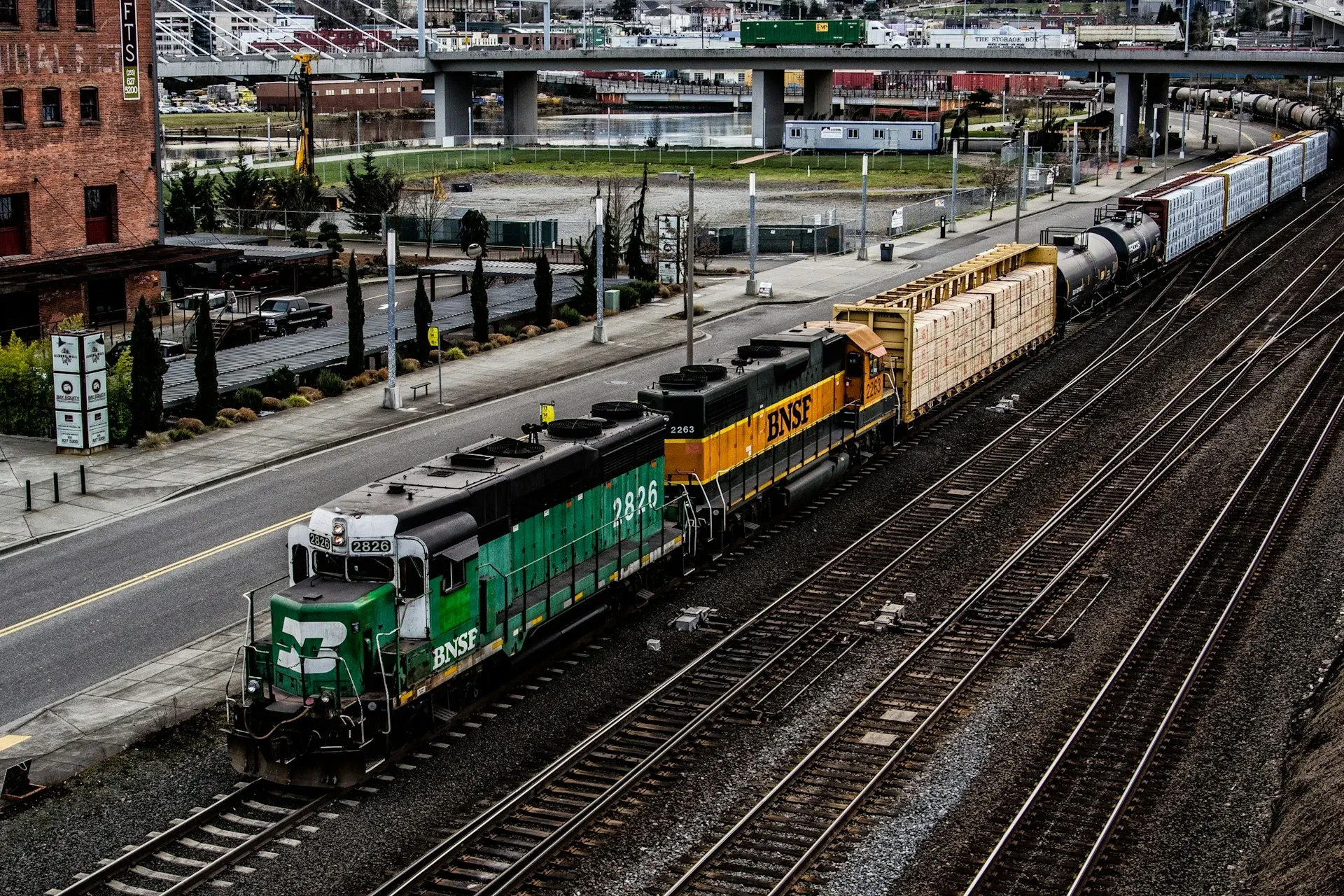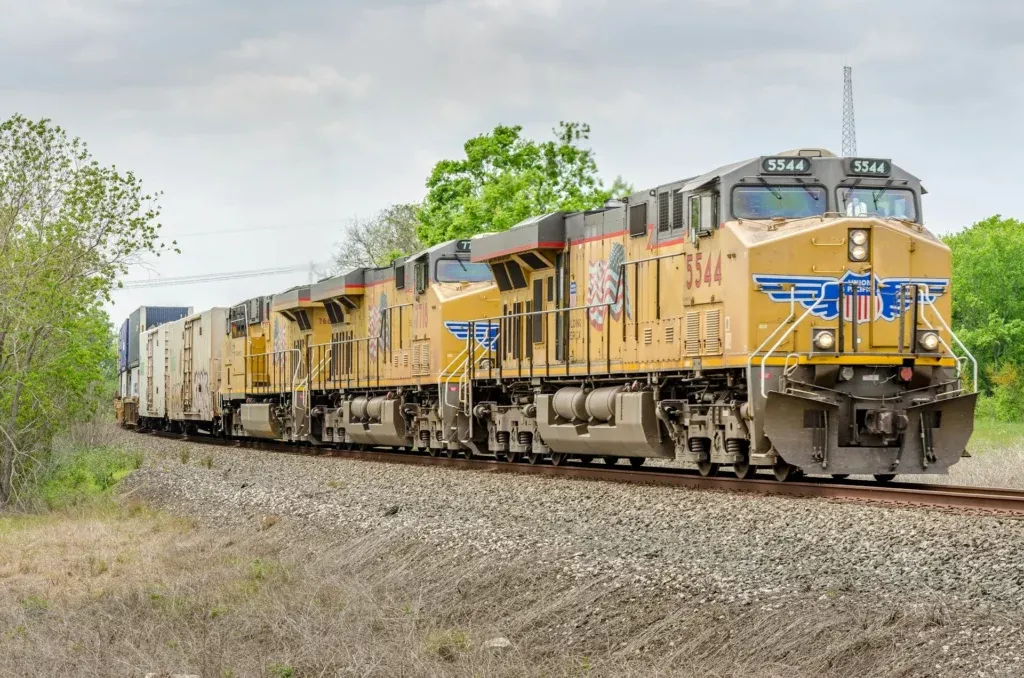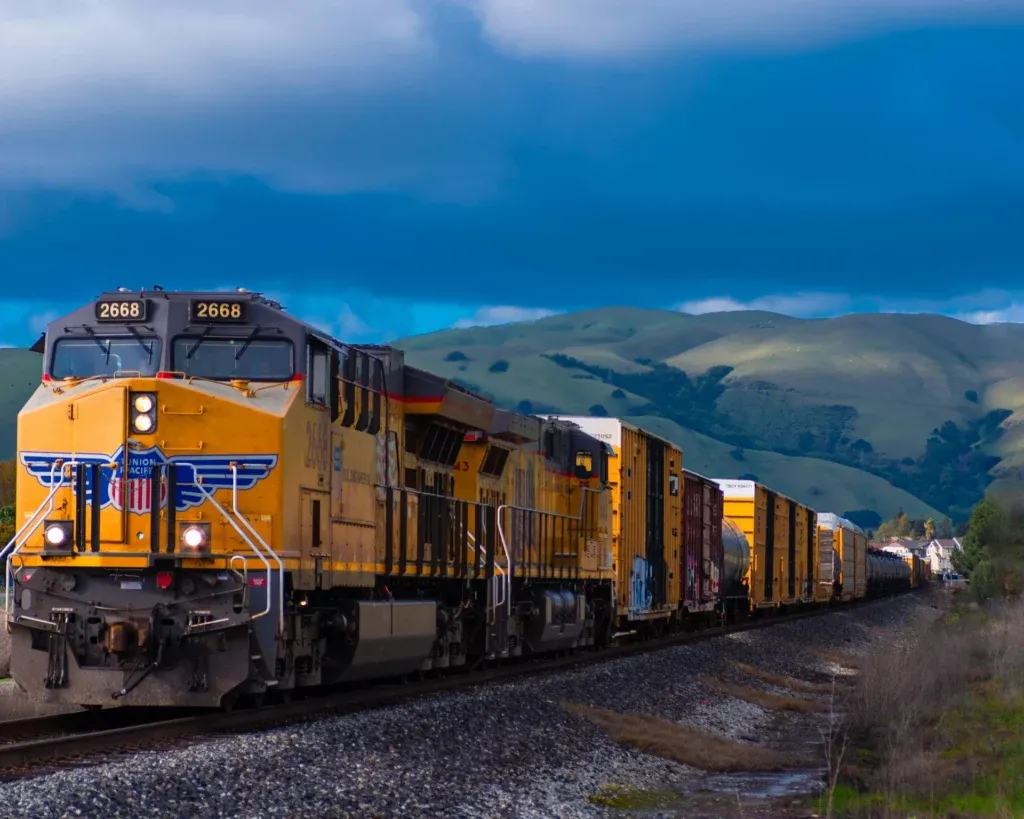Navigating Industry Challenges with Rail Transportation Services

Railroads form one of the key solutions to complex challenges of cross-border and domestic freight logistics, therefore being a reliable and effective means of moving goods. Its ability to carry large volumes with minimal environmental impact makes it indispensable, particularly in facilitating trade between the USA and Canada. By developing the capacity to decongest highways and ensure on-time delivery of shipments, rail freight can optimize supply chain operations, thereby proving vital for companies that have a growing concern about attaining logistics that are affordable and, at the same time, environment-friendly.
Challenges in Cross-Border and Domestic U.S. Freight Logistics
Managing cross-border shipments to and from the USA and Canada is a literal maze of rules governing customs, trade policies, and reams of documents with which logistics operations must contend. Complying with varying import/export laws, tariffs, and documentation requirements has the potential to delay, increase costs, and raise noncompliance risks. These complexities require detailed attention and coordination among shippers, customs brokers, and governmental agencies, making it important for firms to have in-depth knowledge of the regulatory landscape to ensure there are no glitches in cross-border trade.
While border inspections and security checks are essential for maintaining safety and compliance, they often result in enormous delays in the movement of freight across the border. These inspections can disrupt supply chain timelines, creating unpredictability in delivery schedules and rising costs due to extended transit times and potential storage fees. Delays can be even more intense during peak periods or when additional scrutiny is necessary, making it challenging for businesses to meet customer expectations on time.
Other bottlenecks in domestic U.S. logistics include highway congestion, labor shortages, and rising transportation costs, all of which impact the efficiency of moving freight. Congested roadways lead to slower transit times and higher fuel consumption, while a shortage of drivers and warehouse workers compounds the problem by increasing labor costs. Additionally, fluctuating fuel prices and inflation further drive up transportation costs, urging businesses to find better solutions to keep their supply chains moving.

The Role of Rail Transportation in Overcoming These Challenges
Cross-border logistics can be significantly simplified with rail transportation, which offers more streamlined customs processes and fewer border delays than trucking. Rail shipments usually benefit from expedited customs inspections through dedicated rail corridors and pre-clearance agreements, ensuring the quickest and smoothest possible transit across the USA-Canada border. This reduces complexity and unpredictability in cross-border movement, allowing businesses to maintain consistent delivery schedules and increase overall supply chain reliability.
Rail transportation offers significant cost advantages for long-haul domestic freight in the U.S., providing a more cost-effective alternative to trucking, especially over long distances. Its fuel efficiency reduces reliance on volatile fuel pricing, making rail a stable and predictable option. Additionally, by bypassing heavily congested highways, rail reduces traffic delays and ensures better delivery times. These factors contribute to lower overall transportation costs and improved efficiency in domestic logistics.
Rail’s ability to move large volumes of goods makes it a preferred mode of transport for industries like automotive, agriculture, and energy, particularly in cross-border trade. The capacity to move bulk commodities efficiently allows businesses to transport significant quantities of raw materials and finished goods in a single shipment, reducing the need for multiple truckloads. This not only streamlines operations but also lowers transportation costs and environmental impact, making rail a viable option for industries requiring high-volume transportation across borders.
Addressing Misconceptions in Cross-Border and Domestic Rail Freight
While rail transportation is often perceived as slower than trucking for cross-border shipments, its efficiency and predictability can outweigh this concern. Dedicated rail lines and expedited customs procedures mean that rail travel times are more predictable than those of trucks, which are subject to weather, traffic, and border congestion. Even if the actual trip time is slightly longer, the train is a very dependable option for firms that prioritize on-time delivery and overall supply chain efficiency because of its predictable schedule and lower risk of unforeseen delays.
Because of the integration of intermodal solutions, rail services have substantially evolved to provide more accessible and flexible freight transportation options. Businesses can accomplish seamless domestic and cross-border logistics by integrating rail and trucking and utilizing the advantages of each route. This hybrid strategy maintains the last-mile adaptability and reach of trucking while enabling the long-haul efficiency and economics of rail. As a result, rail can now accommodate a variety of shipping demands and destinations, making it a more appealing and versatile alternative for a wider range of sectors.

The Future of Rail Transportation in North American Logistics
Cross-border and domestic rail freight is becoming much more efficient due to technological advancements like real-time tracking, automated customs clearing, and predictive analytics. Automated customs systems streamline the documentation and inspection procedures, decreasing delays and speeding up cross-border shipping. By giving businesses visibility into cargo status, real-time tracking enables them to monitor and manage shipments more efficiently. Deliveries become more dependable and on time when routes and schedules are optimized, any disruptions are anticipated, and overall operational efficiency is increased with the use of predictive analytics.
Government initiatives and investments in infrastructure are essential in encouraging the development and upgrading of rail networks, which is advantageous for both domestic and international logistics. A more effective and integrated rail system is the result of initiatives like international agreements to improve cross-border train services, financing for improvements to rail infrastructure, and regulatory incentives for rail operators. The movement of goods across borders and within domestic markets will ultimately be improved by these efforts, which encourage the construction of new rail corridors, increase capacity, and cultivate a more competitive and dependable rail transport sector.
The benefits of rail transportation for businesses in achieving goals for sustainability are becoming more widely acknowledged. This is especially true when it comes to lowering carbon emissions for both domestic and international freight. In comparison to road transportation, rail transport uses less energy and can move heavier loads while emitting fewer greenhouse gases per ton-mile. The switch to rail can help reduce the carbon footprint of logistics operations dramatically as companies and governments prioritize environmental stewardship. For companies dedicated to eco-friendly operations, this alignment with sustainability goals provides a competitive edge in addition to supporting environmental protection.
Conclusion
It can be difficult to manage the complexity of domestic and international freight operations, but rail transportation provides a calculated answer. With its cost efficiency, reliability, and capacity to handle large volumes, rail is a key player in overcoming industry hurdles. Carolina Logistics stands out in this field, offering exceptional rail and cross-border shipping services that ensure seamless, efficient, and timely deliveries. Trust Carolina Logistics to optimize your freight operations and navigate the complexities of North American logistics with ease. modes. This will lead to more sustainable and efficient logistics operations, helping you meet your business goals and support long-term growth.
